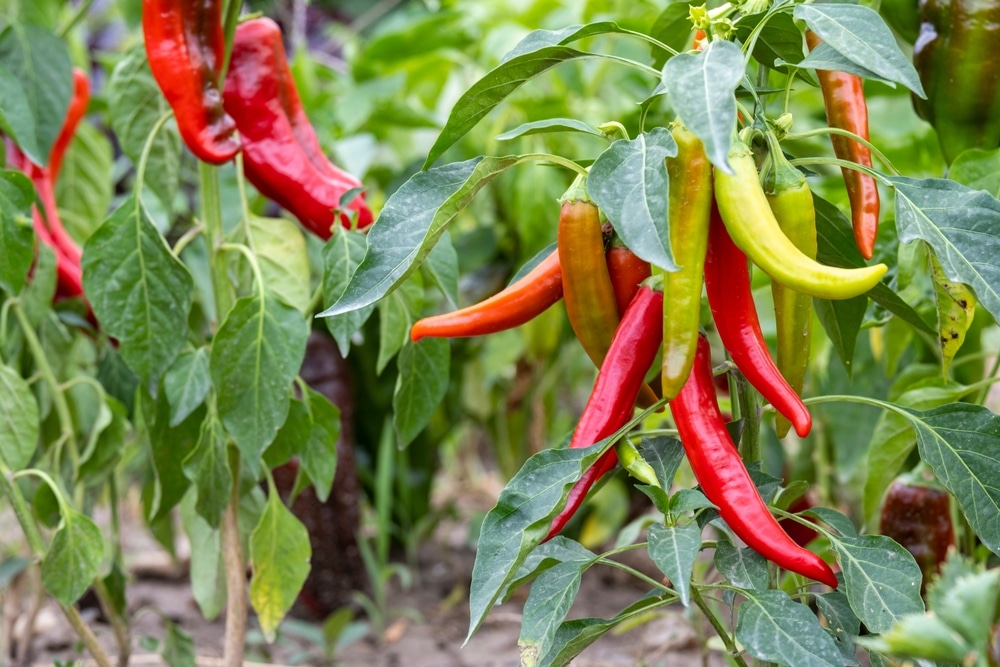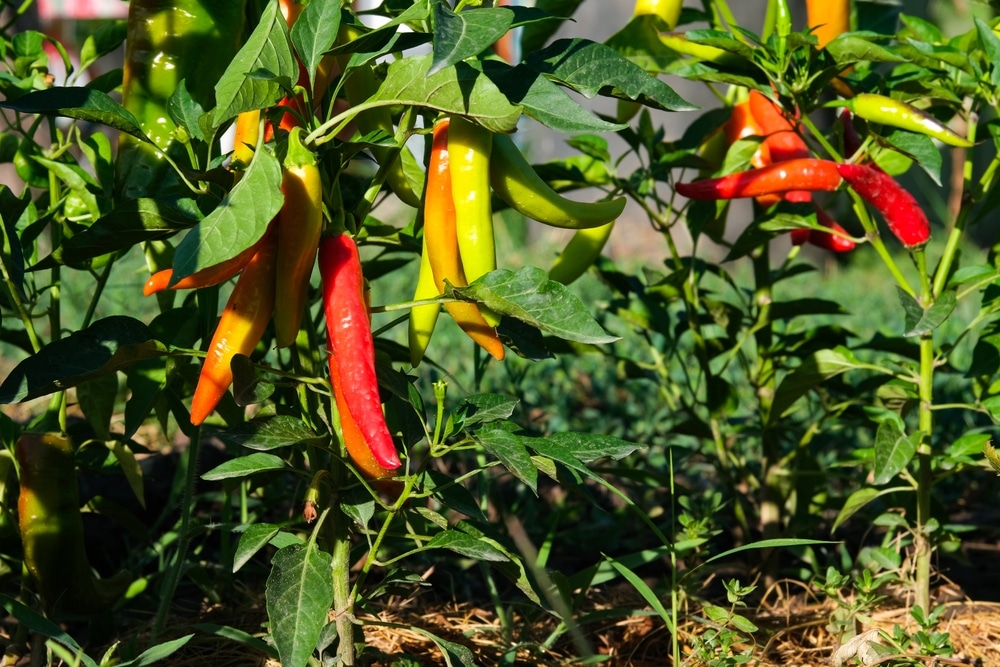Garden salsa peppers are a great addition to any garden that can give your dishes a real kick. They are appropriately named because they tend to grow best with other plants with ingredients you’d add to salsa. Chives and onions both grow well alongside the garden salsa pepper.
If you’re interested in adopting one of these plants, it’s important to know how to care for it, where to plant it, and when to harvest your bounty. Keep reading for some details on exactly what this plant needs to thrive.
What are Garden Salsa Peppers?

Garden salsa peppers are a hybrid plant created specifically for Mexican salsas. Thankfully, the plants tend to produce plenty of fruits each year and have a wide variety of uses. They get classified as medium-hot pepper.
Basic Care
Understanding the needs of these plants is the first step toward a successful harvest. You will need to determine the correct water, soil, and light requirements for garden salsa peppers to choose the appropriate environment. Below is some information on where these plants prefer to live and how to adapt your space for their survival.
Water Requirements
These plants need regular moisture and won’t tolerate being dry for too long. Pick a well-draining soil for best results. Overwatering can cause your pepper plants to turn yellow.
Light Requirements
These peppers need full sunshine to thrive. Try to avoid planting it anywhere that it will have to compete for light.
Soil Requirements
This pepper prefers slightly acidic to neutral soils but can tolerate a pH level of up to eight. Regular fertilizer applications once a month can also help this plant get the nutrition it needs to produce a bountiful harvest.
Planting
You can start this plant from seeds indoors before the growing season begins. Once the danger of frost has passed, you can plant them in your garden or a pot.
Climate
Your zone will also affect how well the garden salsa pepper does in your area. It will thrive best in warm zones nine through twelve but can be planted strictly as an annual in zones seven and eight. In dryer zones, these plants tend to produce hotter peppers.
Companion Plants for a Salsa Garden
A salsa garden is a garden specifically for growing the vegetables you commonly find in salsa. These gardens are great for beginner gardeners because they’re relatively easy to maintain, and it’s easier to imagine how to use the ingredients with a basic recipe.
Below are a few companion plants for garden salsa peppers:
- Chive
- Parsley
- Onion
- Tomato
- Bell pepper
- Cucumber
When to Harvest The Garden Salsa Pepper
Choosing what time to harvest your peppers will depend on what type of pepper you need. Many peppers go through a slow ripening process. Green peppers slowly change to red over the summer and will typically be bright red in late august. The redder it becomes, the hotter it will be.
For salsa, many people will choose to pick the peppers while they are still green for a milder taste. Salsa isn’t all they’re useful for, however. There are many health benefits to these peppers, and waiting to pick them could give them a boost of nutrition.
Additional Recipes
This pepper isn’t just great in salsa. There are several other recipes this pepper can go in as well:
- Stuffed chicken
- Mac and cheese
- Sandwiches
- Poppers
Final Thoughts
This incredible plant has become a popular choice for gardeners and chefs alike. It’s incredibly versatile and relatively easy to grow, making it one of the best options for amateur horticulturalists. Do some research or ask a professional at your local nursery if you’re interested in cultivating the garden salsa pepper.
